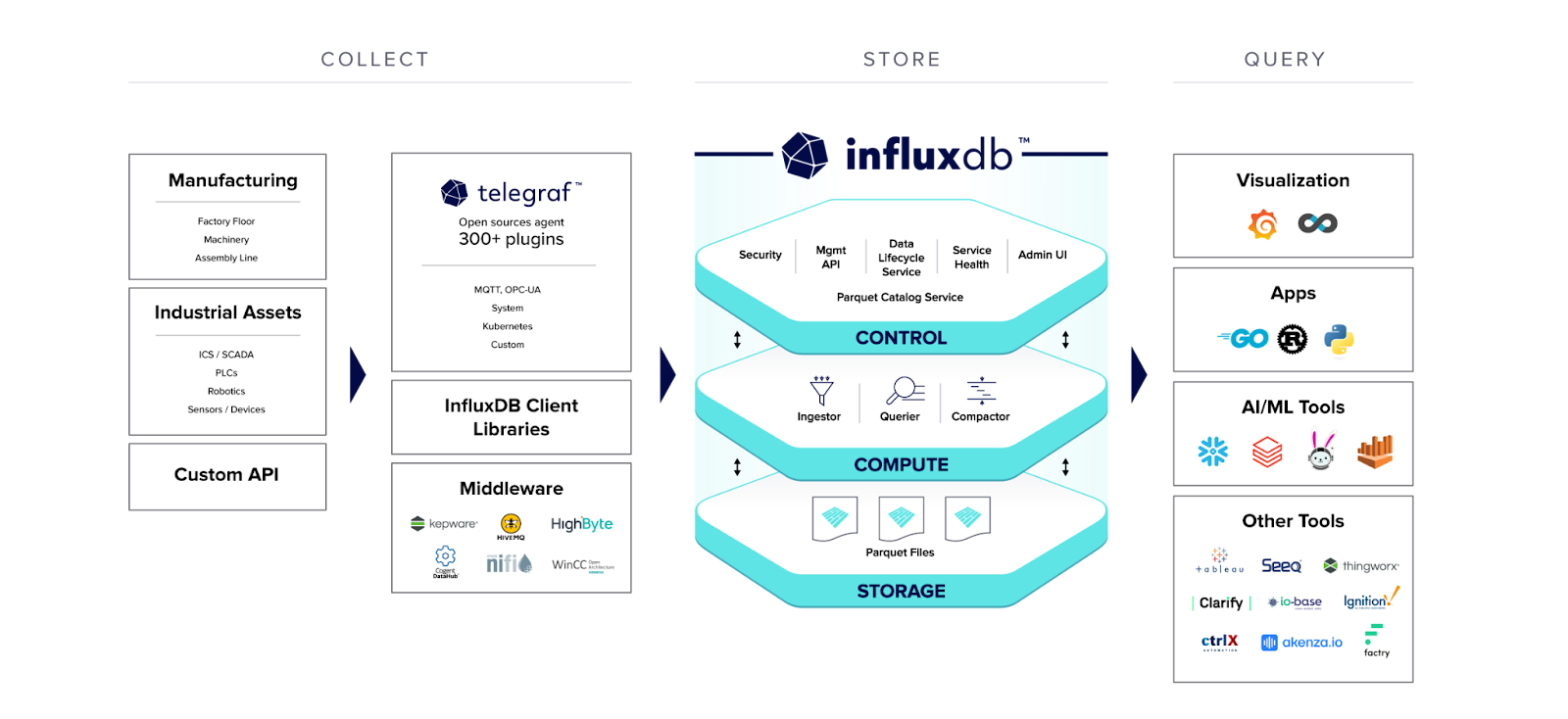Enhancing Industrial IoT with Predictive Analytics | SPONSORED
Predictive analytics are revolutionizing how Industrial IoT (IIoT) businesses manage and maintain their equipment. Predictive maintenance, a key application of predictive analytics, is pivotal in preempting failures and enhancing operational efficiency. By leveraging advanced data pipelines and machine learning models, companies can detect anomalies and predict equipment failures before they occur, significantly reducing downtime and extending machinery lifespan.
The significance of predictive maintenance
Predictive maintenance is instrumental in the industrial sector, where equipment failure can result in significant financial loss and safety hazards. Traditional reactive maintenance strategies involve repairing machines after they fail, making them both costly and inefficient. In contrast, predictive maintenance uses time series data for continuous monitoring and data analysis to predict and prevent equipment failures. According to a study by Deloitte, predictive maintenance can reduce the time required to plan maintenance by 20-50%, increase equipment uptime and availability by 10-20%, and reduce overall maintenance costs by 5-10% (Deloitte Insights, 2019). In a sector where a single percentage point improvement can translate into millions of dollars in savings, the benefits of predictive analytics become clear.
Implementing predictive maintenance with advanced technologies
The integration of technologies such as HiveMQ, Quix, and InfluxDB forms the backbone of an effective predictive maintenance system. HiveMQ facilitates efficient data transmission from IoT devices using the MQTT protocol, ensuring real-time data availability. Quix enhances the data stream by integrating machine learning models that analyze and interpret the data, providing actionable insights. InfluxDB, a specialized time series database, plays a crucial role in efficiently storing and querying large volumes of sensor data.
A practical implementation involves using an autoencoder, a type of neural network that learns to encode a machine’s operational data. This model can detect deviations from normal patterns, indicating potential issues. For instance, say you have robotic arms in a packing facility. The predictive system could identify anomalies in the machine’s operation, such as unusual vibrations or temperatures, which could signify mechanical problems like a shaky belt or a faulty bearing.
Quick getting started tutorial for predictive analytics.
Real-world applications and scalability
Predictive maintenance systems can be used in many industrial settings, from small businesses to large factories with thousands of machines. The architecture designed to collect and process data from multiple sources ensures that the system can handle vast amounts of data generated by numerous sensors, making it suitable for extensive industrial environments.

Here are some best practices for collecting and querying data from multiple sources for scalability and reliability.
- Understanding different data sources
- Effective data modeling
Future trends for predictive analytics
In the future tools like large language models could be used to allow non-technical subject matter experts to query, analyze, and generate insights using natural language. This is already possible in a basic form with tools like ChatGPT that allow LLMs to write code and analyze data. We can also expect that predictive analytics systems will be able to generate new dashboards on the fly and eventually take automated action to optimize systems without requiring manual action.
Conclusion
Integrating predictive analytics into Industrial IoT applications offers substantial benefits, improving operational efficiency and reducing maintenance costs. As technology advances, the capabilities of predictive maintenance systems will continue to expand, making them an indispensable tool in the industrial sector. The ability to predict and preempt operational issues not only saves costs but also enhances safety and reliability, underscoring the importance of this technology in modern industrial operations.
To get started working with time series data to power predictive analytics, try InfluxDB today.
